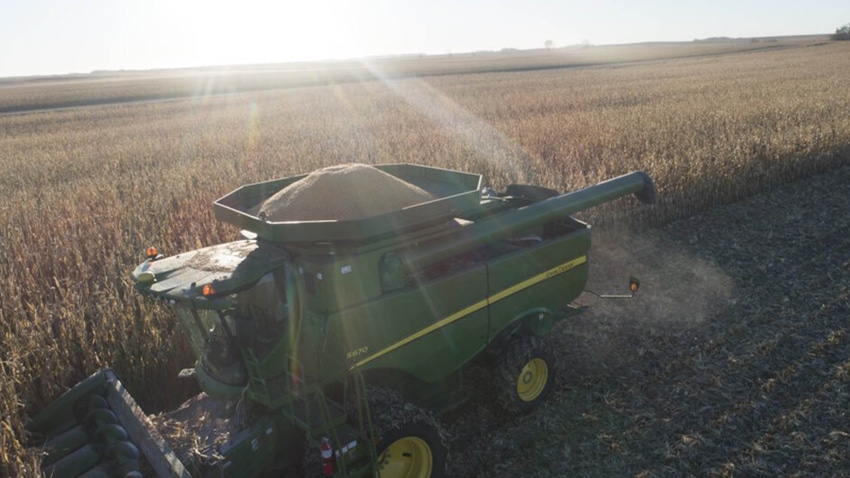September 6, 2023

Source: Corteva Agriscience
Properly timing corn harvest is a critical crop management decision. While an early harvest can reduce field losses, drying costs can increase. Likewise, harvesting later reduces drying costs but may result in decreased crop quality and reduced yield.
Determining the right time to harvest each field can be difficult. Competing field demands and weather play important roles in harvest timing. Choosing where to start is often difficult as weather and grain moisture levels quickly alter carefully laid plans.
“If you haven’t been out scouting in your fields yet, right before drydown is a good time,” said Pioneer Field Agronomist Crystal Williams. “While it won’t tell you the full yield story, it can help prioritize fields for harvest.”
Grain moisture levels at harvest affect grain quality, as well as the time and cost required to dry the grain. Wet grain can incur damage during combining, handling and drying.
If grain quality is significantly reduced during harvest and drying, dockage may result, and grain losses can occur.
University of Minnesota Extension corn agronomist Jeff Coulter recommends a guideline of 24% to 25% grain moisture to begin harvest, noting today’s farmers have the logistics for handling and drying corn.
Achieving this requires close monitoring of crop conditions during drydown. Timing corn harvest to maximize profitability means striking a balance between maximizing bushels harvested and minimizing drying costs.
You May Also Like




